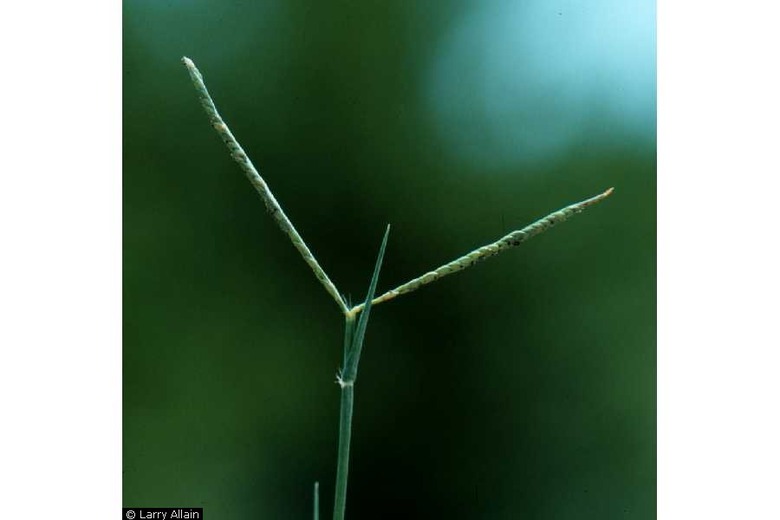How To Grow Seashore Paspalum
Things Needed
- Lawn fertilizer
- Lawn mower
- Feed spreader
- Hand trowel or shovel
Tip
Seashore paspalum is one of few grasses that will accept salty soil and water table conditions, and can be planted near saltwater bodies and floodplains.
Seashore paspalum is a low-growing perennial ornamental grass or ground cover. It is hardy in USDA zones 8a through 11, and is know botanically as paspalum vaginatum. It thrives in full sun to partial shade exposures, and grows well in both its natural form and when shorn low for turf grass in warm, coastal climes. Seashore paspalum is bluish green in hue and spreads by underground rhizomes and over soil stolons, somewhat similar to bermuda grass. When the rhizomes are transplanted to new soil, the grass will self sow in the late summer through fall, and readily naturalize.
Step 1
Grow seashore paspalum in a location where it will receive full sun to filtered shade exposure daily. Full shade conditions can cause leggy, thin growth when in its natural clumping form, and patchiness and fading when shorn.
- Seashore paspalum is a low-growing perennial ornamental grass or ground cover.
- It thrives in full sun to partial shade exposures, and grows well in both its natural form and when shorn low for turf grass in warm, coastal climes.
Step 2
Provide sufficient irrigation to your seashore paspalum so that the soil just below and surrounding the grass crown is uniformly moist. It will tolerate extended periods of wet soil and drought when well established, but will brown and wilt under extended drought conditions. When shorn as a turf grass, seashore paspalum requires increased water to maintain the moisture level in the thatch and soil.
Step 3
Feed your seashore paspaplum in the spring and fall–only when grown as a turf grass. Apply 1 lb. of nitrogen-rich lawn formula for every 1000 square feet in the spring and 1 lb. of the same formula in the fall. Apply 1/2 lb. of formula in the summer if needed to maintain the deep green color. Apply the fertilizer according to label directions with a walking spreader or by hand casting. Naturalized stands of seashore paspalum do not require chemical fertilizing.
- Provide sufficient irrigation to your seashore paspalum so that the soil just below and surrounding the grass crown is uniformly moist.
- When shorn as a turf grass, seashore paspalum requires increased water to maintain the moisture level in the thatch and soil.
Step 4
Transplant seashore paspalum by digging up large, stratified pieces of grass tops, rhizomes, roots and soil. The grass plugs should be at least 6 to 8 inches in diameter. Bury the clumps in well-tilled, moist soil, maintaining the soil level from the previous growing site. Compact the soil gently around the roots without crushing them, and water the transplant in deeply. Keep the soil very moist until new top growth appears, which indicates that the roots are establishing themselves in the new soil.
